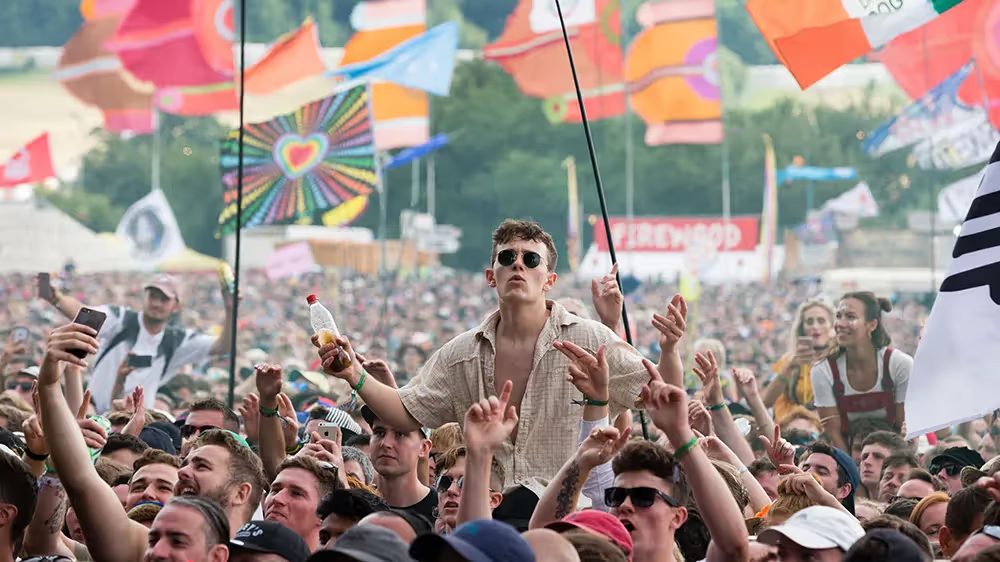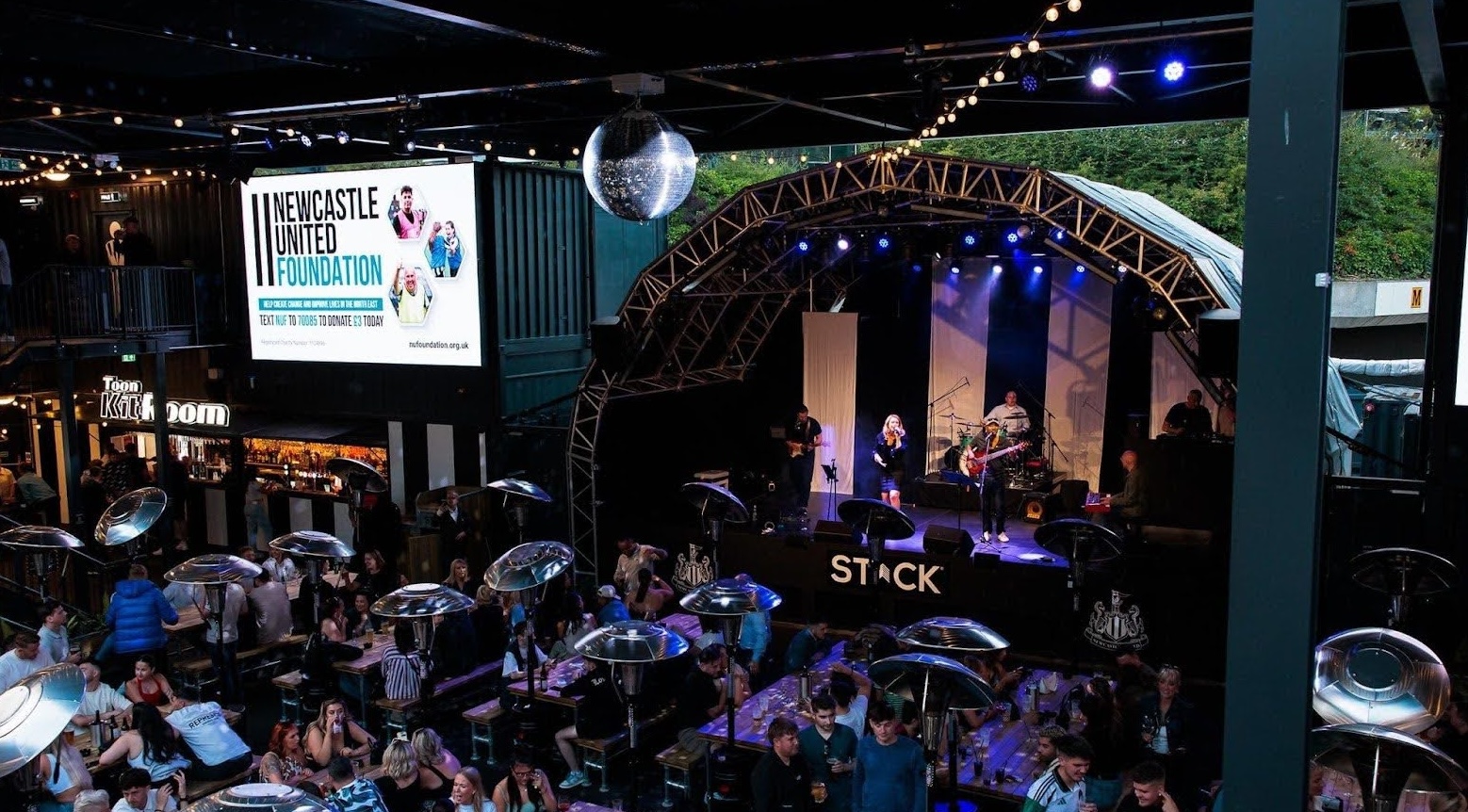
Assessing Diversity in UK Music Festival Line-Ups
Diversity has been a thing that has been mooted around the music industry and on festival lineups for a good few years. It has started to become more noticeable now the more the media picks up on it, and social media users hold festival bosses to account.
But when Glastonbury, last year, announced their lineup, with the absence of any female headline acts, the conversation was thrown straight back into the spotlight again. They received backlash from social media, the press and attendees for the festival, and you would expect that lessons would have been learnt.
But when TRSNMT released their first wave of artists for their 2024 festivals, a sense of deja vu struck. Out of the 21 acts announced, only six identified as female. Since the inaugural festival in 2017, there has only been one female headliner - Candida Doyle, the keyboardist for PULP.
To combat their male-dominated lineup, the organisers introduced The Queen Tut’s Stage, a stage solely for female artists at TRSNMT in 2019. In principle, it was a good idea motivated by good intentions. However, looking at the nitty-gritty of it, should gender be separated? If anything, that only exacerbates that there is an issue, and a little bit insulting for a woman only being booked to perform TRSNMT to make up the numbers of a different stage.
The Equality, Diversity and Inclusion Office for the Musicians' Union (MU), Dr Diljeet Bhachu, told me: “We've had lots of conversations in the MU about representation, speaking about what well-intentioned efforts look like versus tokenistic ones. We have to think much bigger, with more nuance and care for intersectional identities, for example, if we’re talking about gender we also have to think about men from the global majority too."
Whilst diversity has made progress, it’s not where it should be, which has been echoed by the UK Music Diversity Report in 2022.
In 2020, 49.6% of individuals working in the music industry identified as female, which has risen to 52.9%. On the flip side, just over one-fifth (21.04%) of individuals working in music identify as Black, Asian or from an ethnically diverse background. This is down from 22.3% two years ago. As well, a survey by GigPig uncovered that 80% of female artists have experienced gender bias when gigging.
Regarding the change that Diljeet observed, she said: “Having been around the industry for 15 years, I think it has changed massively, especially amongst younger artists, it has changed. I think about the places where I grew up, and when I’m going to university classrooms now compared to the one I was in, and it's much different. But this is the thing, we're not seeing the difference reflected in the programme.
"We want to see a festival lineup that is diverse and reflective of not just society but is reflective of the world. If we’re talking about a global music industry, we can’t just be thinking about whether the programmer reflects the demographics of the area, where the festival is, like London or Glasgow, we have to think about whether this is reflective of the bigger picture.”
Primavera Sound has achieved that international diversity since 2019, as they have consistently had a 50/50 split on their lineup. Many of those artists are international, representing 52% of their audience attending from outside of Spain.
The 50/50 split was a pledge called Keychange created by PRS Foundation, which is a pioneering initiative which encourages festivals and music organisations to include 50% of women and underrepresented genders in programming, staffing and beyond, which the encouragement has sparked change amongst the Spanish festival.
“People speculate that it's difficult to achieve diversity, but Primavera did it. So, how have they done it, and how can others do it? That is the power of who is in the driving seat." Diljeet continued.
The diversity is there amongst our grassroots venues, but why isn’t this being reflected on festival posters?
Just as music festivals have altered the genre of their festival to meet the eclectic taste of their audience, there needs to be a change to represent the demographic of their attendees.
Sky News found that only 18% of headliners at the top UK festivals in 2023 were female, with Glastonbury, Isle of Wight Festival and Latitude all without a female-fronted headliner.
Glastonbury’s co-organiser, Emily Eavis, announced in 2020 that an equal gender split in the lineup would become a reality for the festival. But a late-minute cancellation pulled the plan of having a female headliner in 2023.
Regardless of the glaring headlining issue, the festival last year saw its most female-heavy lineup to date, with 47% of the artists being non-male musicians. This is a clear improvement on the 2013 lineup, which consisted of just 21.8% female acts.
Even though none of the 47% headlined, Eavis told The Guardian that there was a “pipeline” issue to create future headliners. She has since gone on to hint that there will be two female artists holding the headline slot at Worthy Farm in 2024.
About this comment, Diljeet said: “When we’re looking at headliners, we need to consider how female artists are perceived by bookers and audiences. So often women and other underrepresented artists are expected to work harder or achieve more before they’ll be considered.”
Other festival bookers in the UK will constantly be looking at Glastonbury and their lineups every year, and if they continue to create an inclusive bill, it will inevitably create a domino effect for others to follow suit.
Amongst representing over 34,000 members in the MU, Diljeet frequently speaks at trade union conferences and events and conducts research on the topic of diversity in the industry. Her work at MU includes “ongoing conversations both internally and externally, as well as trying to think differently about how to address these issues, rather than having the same conversations over and over again, we're now thinking, do we need a slightly different track here? What are the underlying causes? We’ve got pledges, there are plenty of people with influence in the industry who can make this change. So what are the barriers, where do they start, and what is the knock-on effect of what they do or don’t do?
“For artists, is it because they don't have a manager or booking agent who's out there to advocate for them? Is it because they don't happen to have women on the roster? Is it because a lot of women already be self-managed? So a lot of the thinking we do in the union is around these bigger structural issues.”
Diljeet attended the Youth Music Awards in October on behalf of the MU. It was at that point she noticed a real progression in diversity in the industry.
She said: “I'm sitting at the awards with all these amazing young artists, and I'm thinking, ‘this is the most diverse room of artists I've been in for a long time. If this is just one little pocket, then the artists are there.’ I really felt it.
“The problem is not that a diverse and more representative community of musicians don't exist. That's my call to the industry, to ensure that they stay.
“Even with our membership for the MU, it has diversified over the past couple of years, because there's been a real conscious effort to make sure that we are reaching people who have historically not been as represented in or by our union, and we know there are reasons for that. We can't change the past, but we can be more proactive about how we move forward."
Diversity has significantly improved within the music industry in recent years, which is seen amongst smaller venues and emerging artists. But the representation now needs to scale up to the country's biggest stages to act as a precedent for other festival bookers to achieve a diverse industry.
Related news


.jpg)
.jpg)

.svg)

